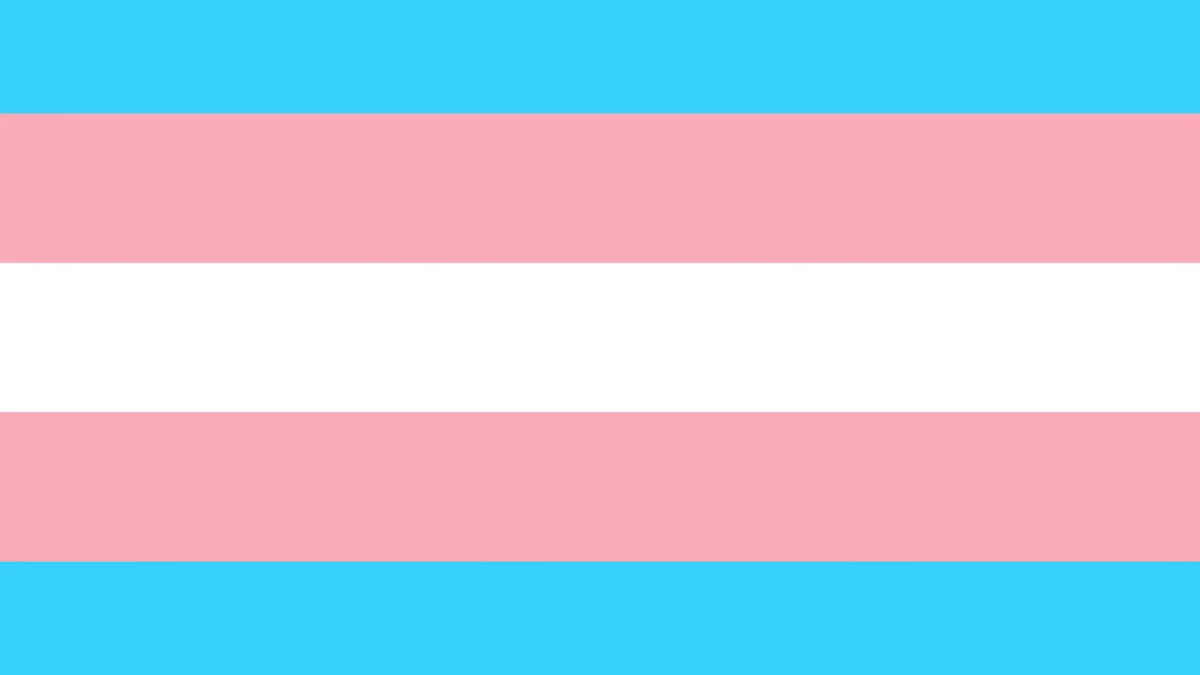Research consultant, Elise Koppang Frøjd, at University of Oslo, Norway writes in an article that in the early 1930s became the world’s first successful sex change operations performed. The Danish artist Einar Wegener was operated and changed its name to Lili Elbe.
Much has happened since then. The contemporary view of gender roles and gender has changed in many areas. The Norwegian legal regulation has long lagged behind. The same goes for the international recognition of transgender.
Globally, we are still do not have a separate convention that protects against discrimination based on sexual orientation, gender identity and gender expression for this group.
Sweden was the first country to enact a law to change legal gender in 1972. Germany was the second country to adopt a separate law. Constitutional Court in Germany set in 2011 the demand for sterilisation in relation to sex-change was abolished. Countries such as Spain, Portugal, Denmark, Ireland, and also Argentina and Malta, is far ahead of Norway, Frøjd writes.
A new Norwegian legislative proposals which, among other things want to base change legal status on their experience of gender identity, what is called declaration model.
In Norway, time has almost stood still. Until now. Current practice for change legal gender status derives from the 1970s. In a regulation in 1979 which states that “Social security number can be changed if the gender has been changed.” This regulation has since been replaced by newer regulations in 1994 and in 2007.
( no.wikipedia.org about personal identification number in Norway says :
A personal identification number is an eleven digit registration number allocated by the Norwegian government to all its citizens. Number separates individuals from one another, but can not be used to authenticate that a person is who he/she claims he/she is.
National identity was introduced in 1964 and administered by the Tax Administration (Skatteetaten) . Everyone living in Norway and are registered in the Population Registry (Folkeregisteret) has either a number or a D number.
According to the Personal Data Act, a national identity only used when there is an objective need and when it is impossible to achieve satisfactory identification using other methods, such as name, address, date of birth, member or customer number.
A common mistake is to mix personal identity with social security, social security is the name of the last 5 digits of the 11 digit number number. )
Why has not the Norwegian practice changed? Why has there been no legislation before now?
– It is only now when human rights bodies and national courts have arrived on the scene and ascertained violations of fundamental legal principles as the right to privacy, self-determination and equal treatment, that the human rights aspects of sex has been recognised, says fellow Anniken Sørlie at the University of Oslo.
Together with Professor Anne Hellum researcher Sørlie on transgender rights protection as part of the research project “Gender identity and sexual orientation in international and national law.”
Read more at forskning.no
Photo by MySoCalledGayLife.co.uk




